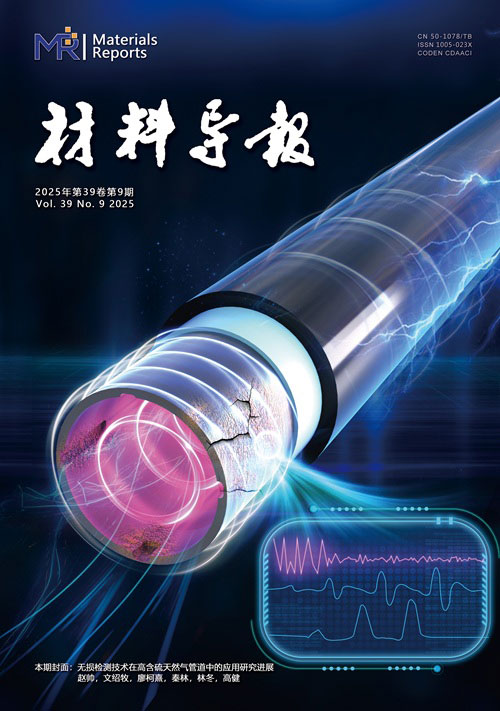|
|
Research Progress on Functional Modification of Superhydrophobic Distillation Membranes
AI Hengyu, LIANG Hongbo, LIU Qianliang, LIAN Xinyu, LIU Caihong
Materials Reports
2024, 38 (10):
22080205-9.
DOI: 10.11896/cldb.22080205
Membrane distillation technology has attracted much attention because of its advantages such as low operating pressure, small temperature difference, pure distillation liquid, highsalt rejection rate and direct separation of crystal products. However, the lack of distillation membranes with excellent hydrophobic properties is an important factor limiting its application. So far, researchers have carried out a lot of work in the hydrophobic theory research of membrane materials and functional modification of superhydrophobic distillation membranes, and made great progress in developing new modification methods and finding new modification additives. Based on the contact angle model, the researchers improved the surface roughness by introducing nanoparticles containing silicon or carbon into the membrane surface, selected modified additives containing fluorine groups to reduce the surface energy, dispersed raw materials with different solvents and selected different film-forming met-hods, which greatly improved the hydrophobic performance of the prepared distillation membrane.
In this paper, the research progress of functional modification of superhydrophobic distillation membranes in recent years is reviewed, and the modification effect is compared and discussed. The results of classification research show that the surface coating method is suitable for different types of base membranes, which can realize the simultaneous modification of membrane skeleton and its surface, not only increase the membrane flux but also improve the antifouling property. The operation is simple and can be applied to large-scale production. Compared with the coating method, the membrane modified by the electrostatic spinning doping method can maintain the stability to the maximum extent, improve the water permeability and reduce the influence of the modified substances on the flux, but the application range is limited by the base membranes. The chemical deposition method can obtain gradient deposits or mixed coatings. Compared with the coating method, it is easier to control the composition and thickness of the coating, and can carry out a more accurate film surface modification process. Unconventional methods such as plasma are mostly the combination of several methods, which has opened up a new direction for the modification of distillation membranes from the aspects of modifier materials, operating process, operating conditions, etc. The hydrophobic additives, dispersants, operating methods and conditions used in different modification processes are classified and analyzed, and the membrane flux, porosity, salt rejection rate, filtration pe-riod and other indicators after modification by different methods are compared. The advantages and disadvantages of different modification met-hods are evaluated in combination with the filtration methods, and the problems and development prospects of commercial application of superhydrophobic modified distillation membranes are prospected, aiming to provide beneficial help for the development of superhydrophobic distillation membranes with low cost, simple operation, high membrane flux and strong anti-pollution ability.
Reference |
Related Articles |
Metrics
|
|



 渝公网安备50019002502923号 © Editorial Office of Materials Reports.
渝公网安备50019002502923号 © Editorial Office of Materials Reports.